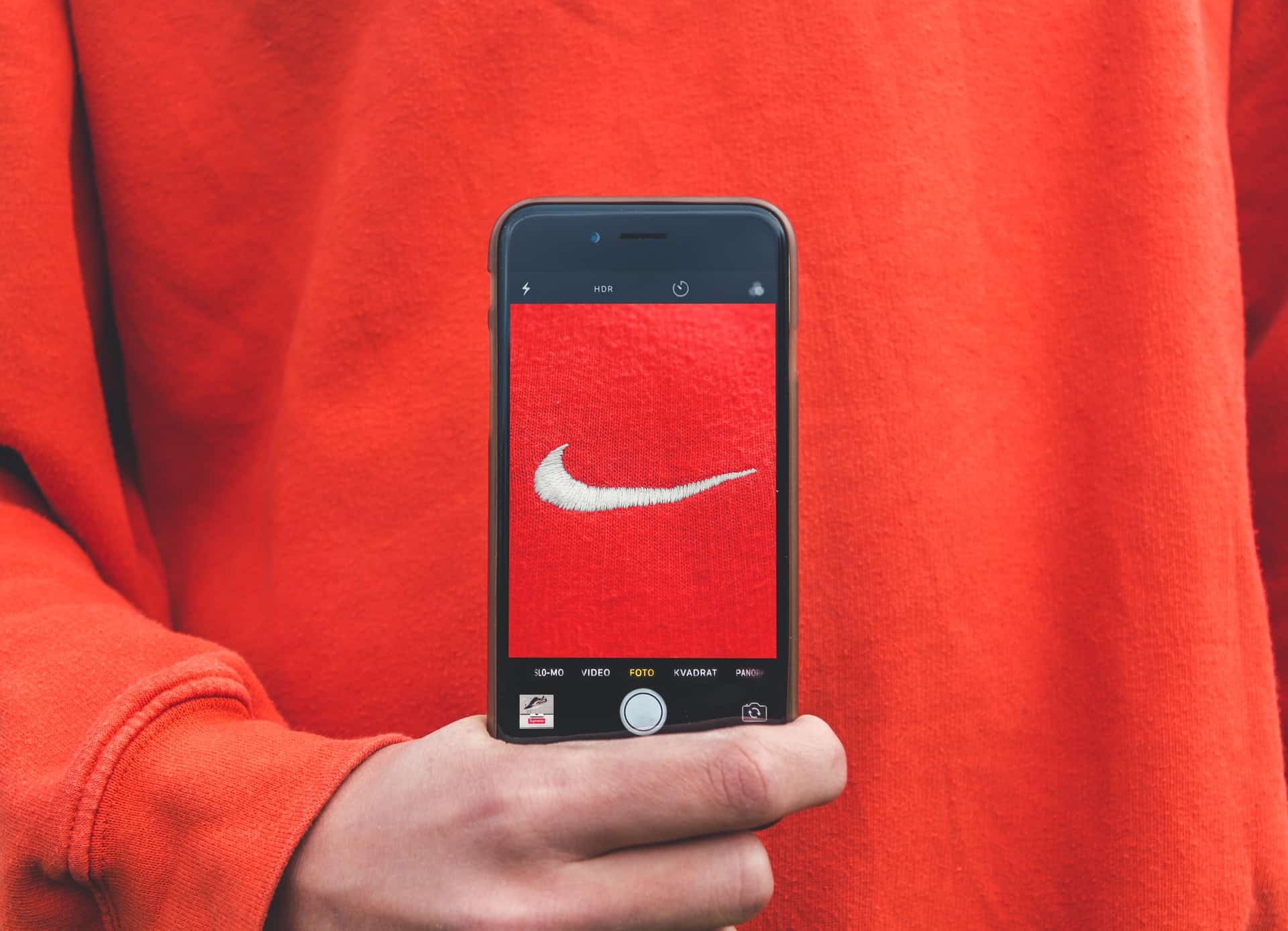Branding is a specific feature like a symbol, name, design, or term that distinguishes one product or service from others. A brand forms the perception that people have about a business. It creates both physical and emotional value about a product in the minds of customers.
Branding is crucial for any business because it stands them out from the competition and gives customers the reason to choose one product or service over others. It helps make a particular product recognizable. For example, shoppers cannot touch every product in the toiletry section of a store. Nevertheless, they determine which products to pick based on visible assets like logos, designs, colors, packaging, and fonts.
IMAGE: UNSPLASH
Also, branding helps to create a consistent experience for customers. When customers encounter specific brands in-person or over platforms like company websites or social media, they relive their experiences. Therefore, branding allows companies to control peoples’ experiences or perceptions about their products or services.
Furthermore, branding connects businesses to their customers, transitioning them into loyal customers. When a person connects to a brand emotionally or psychologically, they develop a sense of loyalty to that brand. Therefore, businesses should consider the various branding elements when creating their brands and determine which ones suit their target audience. Here are some elements that make up a brand.
Logo
Logos are unique graphic symbols that help people identify specific brands. They could come as shapes, texts, or images that portray the brand. Regardless of the symbol or combination of symbols a business chooses, their logo gives customers an impression of their brand.
A business logo portrays what a company is about and creates a great first impression about its products or services. Ultimately, a good business logo should invite potential customers and help them decide if the product is what they need. It should also make them remember the brand in the future.
Usually, business owners consult with professionals when creating logos for their brands. To deliver the right messages about their brands to potential clients, they must carefully select suitable logo designs in terms of shapes, fonts, and colors. They can also use a logo maker if they want to take control of their own logo design and hav a specific vision in mind.
Color Palette
Color plays a vital role in communicating the message of a brand. Beyond aesthetic value, colors tell customers about a business. People can decide if a brand is serious, playful, innovative, timeless, up-to-date, or stable just by looking at the color. This is because various colors are linked with distinct emotions and elicit different emotional responses from people.
For example, the red color stands for excitement and passion. Pink stands for femininity, while orange signifies friendliness and vitality. Hence, orange color evokes energy, black color elicits a luxurious, sophisticated feeling, while white evokes virtue, simplicity, or health.
The colors companies use when designing their brands reflect in other products or services they sell because color repetition promotes brand awareness. Eventually, people associate certain brands with specific colors.
Language And Voice
Brand language refers to the terms (words and phrases) that a business uses to describe its products or services. People often associate specific ideas or phrases with particular brands. Branding voice and the choice of words are essential elements of a brand language. The word choice of a brand relates to the vocabulary used during marketing, while brand voice is the manner of communicating the brand’s concept to a target audience.
Companies usually express their brand voices through press releases, advertisements, social media, website copy, email, and packaging. Depending on the product or service a company is selling, they can choose a kind, fun, intellectual, playful, authoritative, or ominous voice. When businesses use the right voices for their brands, they establish emotional connections with their customer base and gain their loyalty.
A business must define its core values, mission, and vision when creating a brand voice. They must also decide the expected perception of their brand and reaction to their content. Afterward, they should develop the content and plan to share it with the target audience consistently.
Font And Layout
Brand font refers to the elements of a typeface (lettering design) used in a brand, like its size and style. A brand layout is the arrangement and positioning of the texts of a brand’s language – how the texts appear on a page. There are various kinds of fonts such as serif fonts, sans serif fonts, slab fonts, script fonts, and decorative fonts.
Each font type has different strengths and weaknesses and conveys unique messages to customers. For instance, thick sans serif fonts are masculine, while script fonts are gentle and feminine. Therefore, businesses must select the best fonts, typefaces, and layouts for their brands.
IMAGE: UNSPLASH
If you are interested in even more business-related articles and information from us here at Bit Rebels, then we have a lot to choose from.


COMMENTS